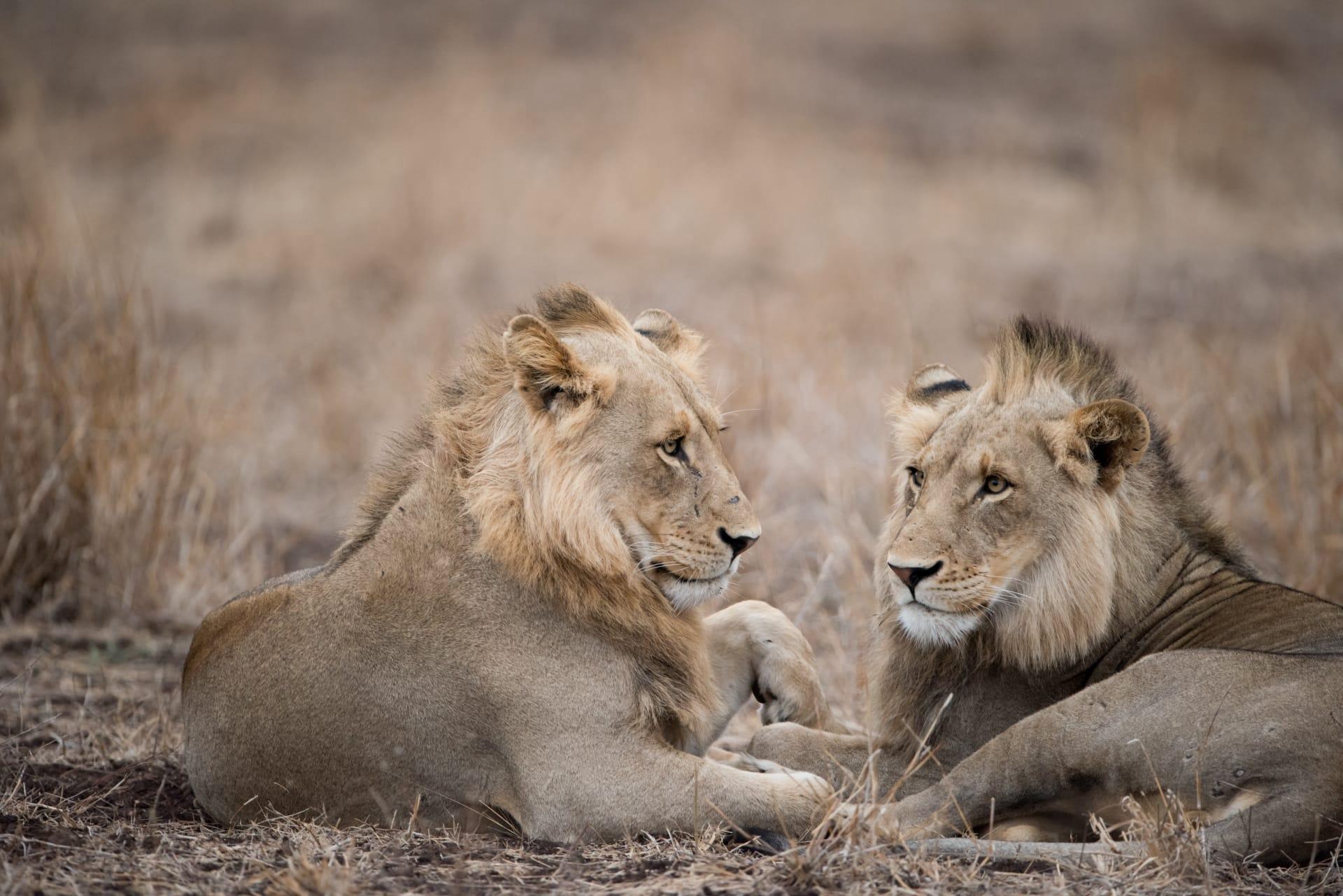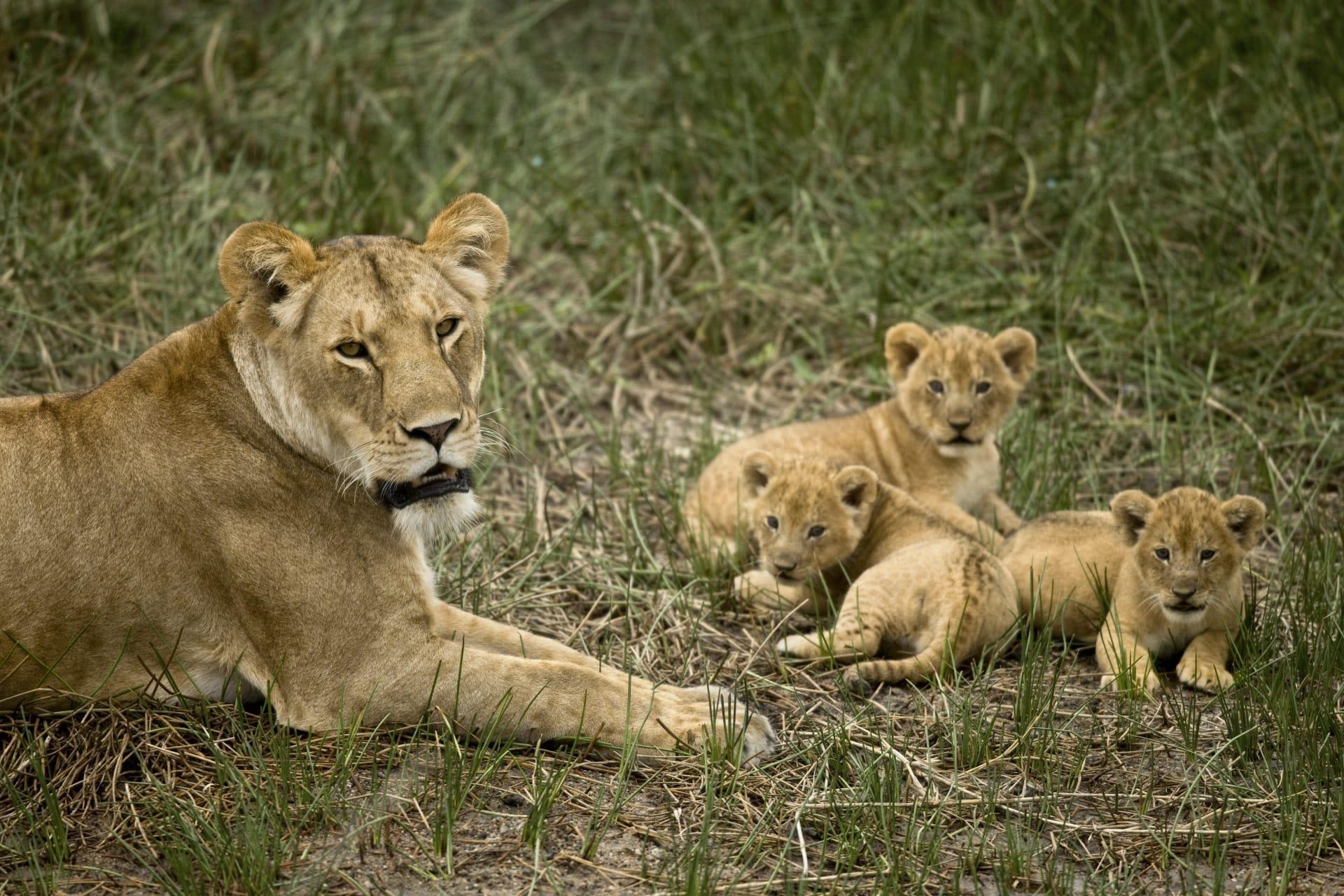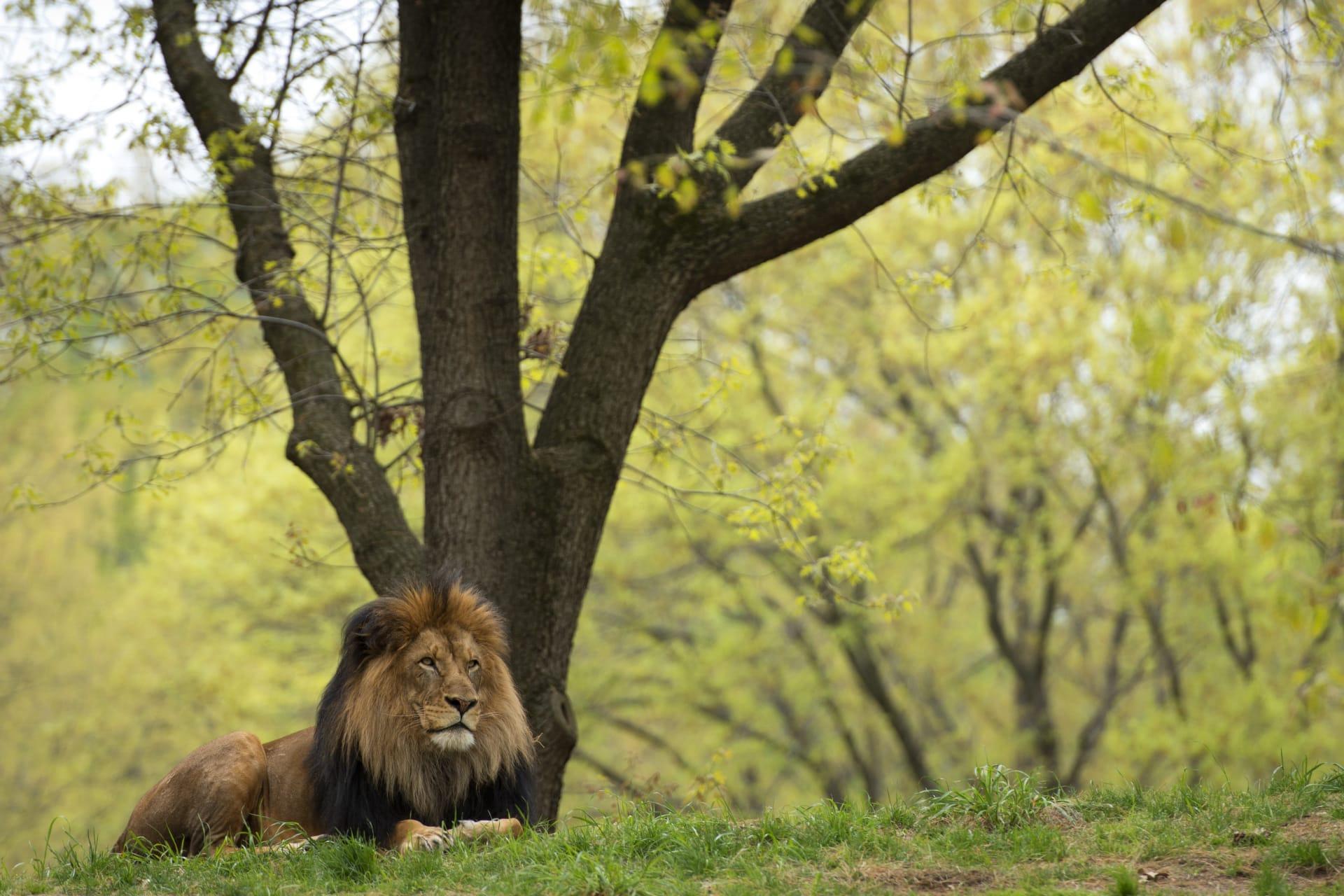Lion Trivia
- Home /
- Trivia Question /
- Animal /
- Lion Trivia
1
Question: How long can a lion live in the wild versus in captivity?
Answer: In the wild, lions typically live for about 10 to 14 years. Their lifespan is shorter in the wild due to threats like injuries from hunting, conflicts with other lions, or human interference. In contrast, lions in captivity can live up to 20 years or more. The controlled environment, regular meals, and medical care contribute to their longer lifespan in zoos or wildlife sanctuaries.
Question: What is the top speed of a lion, and how does it use this speed in hunting?
Answer: A lion can reach speeds of up to 50 miles per hour (80 kilometers per hour), but only in short bursts due to their large, muscular build. This speed is crucial during hunting, as lions need to get close to their prey before sprinting short distances to catch them. They rely more on stealth and strength rather than sustained speed, often using teamwork in their prides to outmaneuver prey.

2
Question: Is it true that only female lions do the hunting for the pride?
Answer: This is a common misconception. While female lions do most of the hunting due to their smaller, more agile bodies, male lions also hunt, especially when they are alone or when the pride requires extra assistance. Males are often involved in hunting large prey like buffalo due to their strength.
Question: Do lions really have a natural rivalry with hyenas?
Answer: The perceived rivalry between lions and hyenas is often exaggerated. While they do compete for food and sometimes engage in conflicts, these interactions are more about survival and territorial defense than a natural animosity. Hyenas and lions sometimes even scavenge each other's kills, highlighting the pragmatic aspect of their relationship.

3
Question: How far can a lion's roar be heard, and what purpose does it serve?
Answer: A lion's roar is one of the loudest among big cats, audible up to 5 miles (8 kilometers) away. Roaring serves multiple purposes: it helps to communicate with other pride members, establish territory, and can even intimidate rivals or potential predators. The roar is a display of power and a way to maintain control over their area.
Question: What is the social structure of a lion pride, and how is it maintained?
Answer: A lion pride typically consists of several related females, their cubs, and a few adult males. The females, often sisters or cousins, stay in the pride for life, while males must leave once they reach maturity. The pride's social structure is maintained through grooming and close social bonds among the females. Males protect the pride's territory and compete for leadership, which can change due to challenges from other males.

4
Question: What do lions typically eat, and how often do they need to feed?
Answer: Lions are carnivorous and primarily hunt large mammals such as zebras, wildebeests, and antelopes. An adult lion consumes about 11 to 15 pounds (5 to 7 kilograms) of meat per day. However, they don't eat every day; a big meal can sustain them for several days. Lions are opportunistic and can eat up to 90 pounds (40 kilograms) in one sitting if the opportunity arises.
Question: How do lion cubs learn to hunt?
Answer: Lion cubs start learning to hunt by observing and imitating their mothers and other adults in the pride. Initially, they practice through play, chasing each other or small animals. Around two years old, they start participating in actual hunts, gradually honing their skills. This learning process is crucial for their survival once they leave the pride or take on adult roles.

5
Question: How do lions communicate with each other?
Answer: Lions use a range of vocalizations, body language, and scent marking to communicate. Roaring, growling, and purring are common sounds, each serving different purposes like signaling distress, contentment, or aggression. Body language such as ear positioning, tail movement, and facial expressions also convey emotions and intentions. Scent marking by rubbing or spraying helps in establishing territories and signaling presence.
Question: Can lions climb trees, and why would they do so?
Answer: Lions can climb trees, although they are not as adept as leopards. They climb trees to escape the heat, avoid flies, or sometimes to get a better view of their surroundings. In certain regions like Uganda's Ishasha Wilderness, tree-climbing lions are more commonly observed, suggesting this behavior might also be influenced by regional environmental conditions.